In the pursuit of capturing nature’s most breathtaking moments, photographers often find themselves venturing into challenging environments. From rainforests dripping with moisture to windswept coastlines where salt spray fills the air, these conditions can yield spectacular images—but they also pose significant threats to sensitive camera equipment. Whether you’re a professional wildlife photographer or an adventurous hobbyist, protecting your gear from the elements is essential for both preserving your investment and ensuring you can get the shot when opportunity strikes. This comprehensive guide will walk you through proven strategies for keeping your equipment safe and functional in even the most extreme conditions, allowing you to focus on what truly matters: capturing the perfect image.
Understanding the Threats to Your Camera Equipment
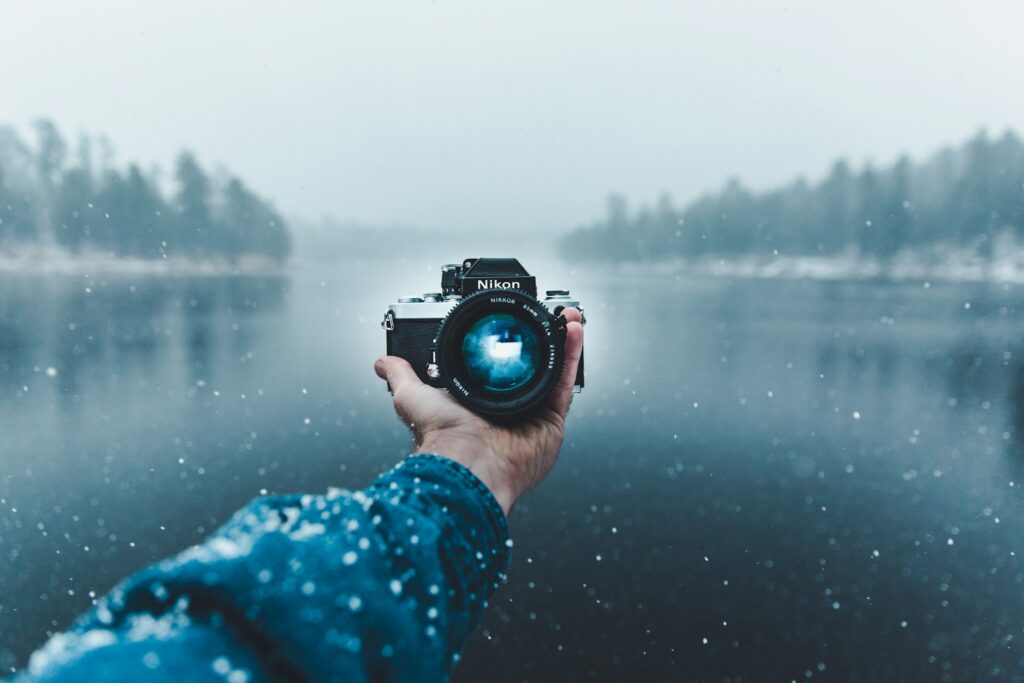
Camera equipment faces numerous environmental challenges when taken into wild settings, with moisture being perhaps the most pervasive and damaging. Water can infiltrate your camera body and lenses through direct rainfall, condensation when moving between temperature extremes, or even high humidity that slowly seeps into components. Beyond water, sand and dust particles can scratch delicate glass surfaces and jam mechanical components if they work their way inside your equipment. Salt spray near oceans is particularly destructive as it combines moisture with corrosive salt that can permanently damage electronic circuits. Extreme temperatures—whether freezing cold that drains batteries rapidly or intense heat that can warp components—present additional challenges that require specific preventative measures.
Essential Weather-Resistant Gear for Every Photographer

Investing in quality protective equipment is your first line of defense against environmental damage. Rain covers range from professional-grade solutions like Think Tank’s Hydrophobia series to simple emergency options such as Op/Tech Rain Sleeves that can be kept in your bag at all times. Silica gel packets, which can be recharged in an oven, should become constant companions in your camera bag to combat ambient humidity. Waterproof camera bags with sealed zippers and water-resistant coatings provide critical protection during transportation through wet environments. For those frequently shooting in extreme conditions, consider upgrading to weather-sealed camera bodies and lenses from manufacturers like Olympus, Canon, and Nikon, which incorporate rubber gaskets and seals at vulnerable points to resist moisture intrusion.
Choosing Weather-Sealed Camera Bodies and Lenses

Weather-sealed equipment represents a significant advantage for photographers working in challenging environments, though it’s important to understand that “weather-sealed” doesn’t mean “waterproof.” Professional-grade bodies typically offer superior protection with rubber gaskets around buttons, dials, battery compartments, and memory card slots to prevent moisture ingress. When selecting lenses, look for those specifically designated as weather-resistant, which typically feature internal sealing and a rubber gasket where the lens mounts to the camera body, creating a continuous moisture barrier. Keep in mind that a weather-sealed system is only as strong as its weakest link—using a professional weather-sealed body with a non-sealed lens creates a vulnerability where water can enter. For photographers on a budget, even entry-level weather-sealed options like the Pentax K-70 can provide significantly better protection than non-sealed alternatives.
DIY Protection Solutions on a Budget

When commercial protection exceeds your budget, several effective DIY solutions can provide adequate defense for your equipment. A simple plastic bag with a hole cut for the lens, secured with a rubber band, creates a surprisingly effective moisture barrier in light rain. Silicone-based conformal coating spray, originally designed for circuit boards, can be carefully applied to camera exteriors (never to optical elements or moving parts) to provide an invisible water-repellent layer. Camera condoms—inexpensive, disposable plastic covers—can be purchased in bulk online and discarded after use in particularly wet conditions. For adventure photographers, waterproof cases designed for smartphones can protect smaller point-and-shoot cameras during activities like kayaking or snorkeling, offering full functionality through the transparent casing while maintaining complete waterproof protection.
Preventing Condensation When Changing Environments

Condensation forms when cold equipment is suddenly exposed to warm, humid air—a common occurrence when moving from air-conditioned rooms to tropical environments or from freezing exteriors to heated buildings. This invisible threat can deposit moisture directly onto internal electronics and between lens elements. To prevent this, allow your equipment to gradually acclimate by keeping it in your closed camera bag for 15-30 minutes when transitioning between significant temperature differences. When moving from cold to warm environments, placing your equipment in a sealed plastic bag before the transition traps dry air around the gear, allowing it to warm up without exposure to humid air. Some photographers carry insulated lens pouches that slow temperature changes, providing additional protection during these critical transition periods.
Managing Extreme Temperature Challenges

Temperature extremes present unique challenges that require specific preventative strategies beyond moisture control. In cold environments, batteries discharge more rapidly, so carrying multiple spares in insulated pouches close to your body heat becomes essential for extended shooting sessions. Cold can also make camera materials more brittle and susceptible to damage from impacts, requiring extra care during handling. Conversely, excessive heat can damage electronic components and potentially deform plastic parts in camera bodies and lenses. When shooting in hot conditions, store equipment in the shade whenever possible, use reflective covers to prevent heat absorption, and consider heat-dissipating camera straps designed to prevent overheating. For desert environments, combine heat management with dust protection by minimizing lens changes and using protective filters.
Specialized Solutions for Beach and Marine Photography
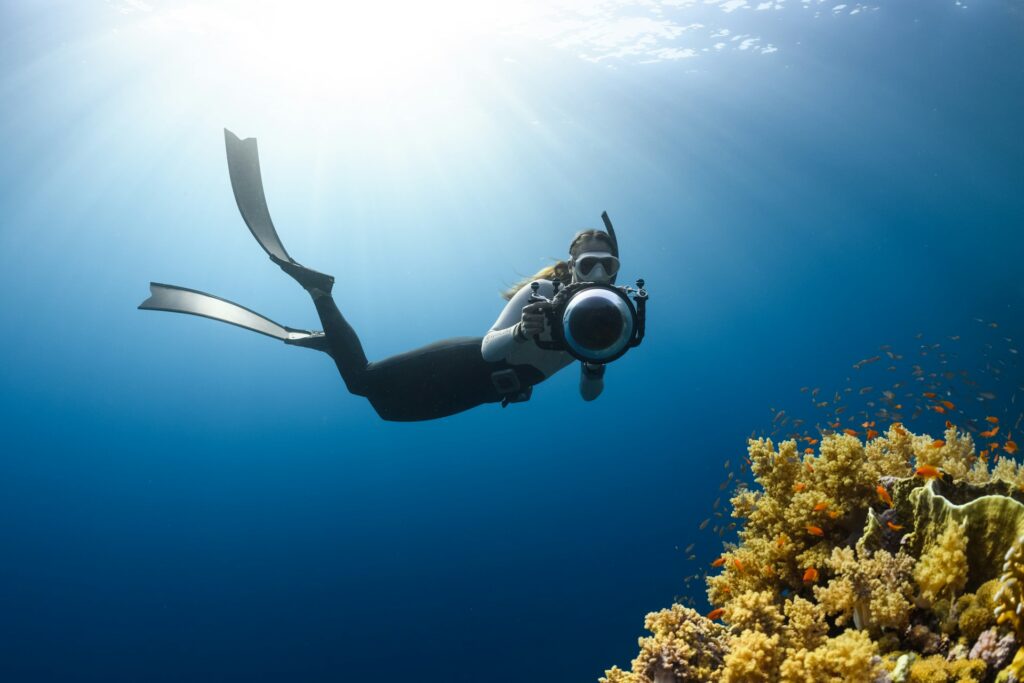
Coastal environments combine multiple threats including salt spray, sand, and unpredictable water exposure that require heightened protection measures. After any beach session, wipe down all equipment with a slightly damp microfiber cloth to remove salt residue before it can crystallize and cause damage. Consider using UV filters on all lenses when shooting near oceans, providing sacrificial protection that’s much cheaper to replace than a front lens element damaged by salt spray. For shooting from boats or around splashing water, underwater housings provide complete protection while allowing full camera functionality, though professional models can cost as much as the cameras themselves. Budget-conscious photographers might consider waterproof point-and-shoot cameras or action cameras specifically designed for marine environments as secondary equipment for high-risk shooting situations.
Rainforest and High-Humidity Environment Tactics
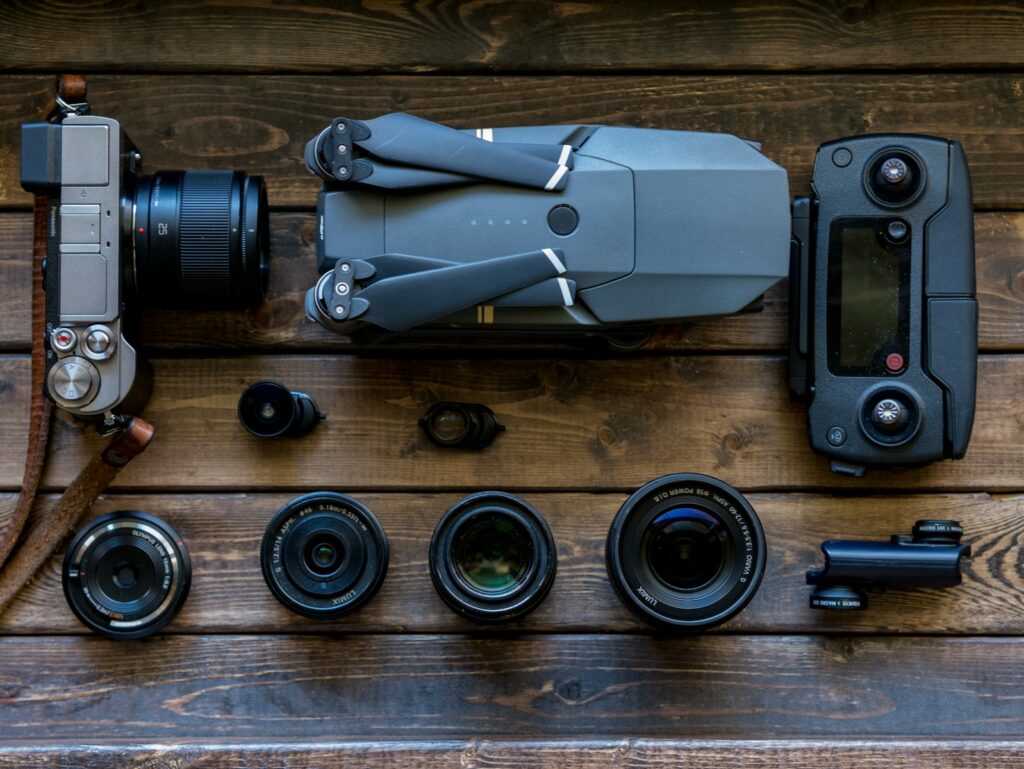
Tropical rainforests present perhaps the most challenging conditions for camera equipment, combining persistent high humidity with sudden downpours and temperature fluctuations. In these environments, silica gel desiccants become critical for overnight storage—place your gear in airtight bags or containers with multiple desiccant packets to extract moisture during non-shooting periods. Specially designed dry boxes with built-in dehumidifiers are worth considering for extended jungle expeditions. Anti-fungal lens strips, which release fungicide vapors, can help prevent the growth of lens fungus that commonly develops in humid conditions. When actively shooting, maintain a steady camera temperature to prevent condensation by keeping it out and in use rather than repeatedly placing it in and removing it from your bag, which creates temperature fluctuations that promote condensation.
Snow and Winter Photography Protection

Winter conditions present unique challenges including snow, freezing temperatures, and rapid temperature transitions that can stress equipment. Cover identifying white markings on lenses and cameras with black tape to prevent snow glare from bouncing into your images from reflective surfaces. Keep spare batteries in inside pockets where body heat maintains their charge—cold batteries may read as empty when they still contain considerable power. Snow can melt on contact with warm equipment and refreeze in crevices, potentially causing damage to moving parts, so use weather covers even during light snowfall. When returning indoors, be particularly vigilant about condensation control using the plastic bag technique, as the extreme temperature differential between winter exteriors and heated interiors creates ideal conditions for heavy condensation.
Dust and Desert Environment Strategies
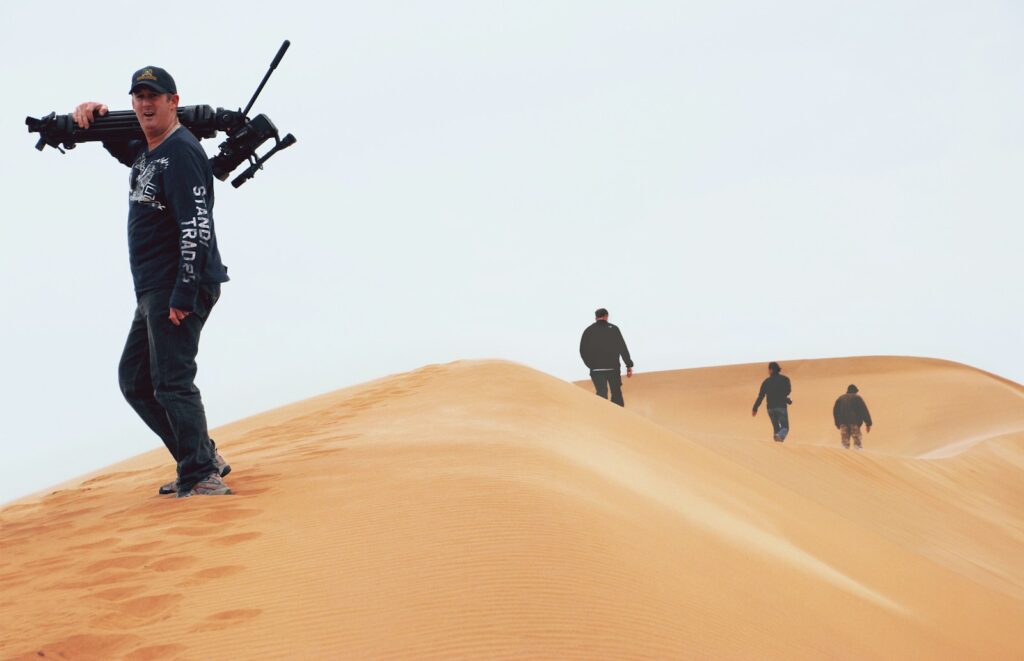
Arid environments present the insidious threat of fine dust that can infiltrate even the smallest openings in camera equipment. When changing lenses in desert conditions, turn your back to the wind, use your body as a shield, and complete the change as quickly as possible to minimize exposure time. Consider a changing bag or tent specifically designed to provide a dust-free environment for lens changes in extreme conditions. Rocket blowers should be used frequently to remove dust before it can be pressed into seals or mechanisms—but never use compressed air cans, which can deposit propellant residue on sensors. After desert shoots, perform a thorough cleaning with a soft brush and microfiber cloth before dust has a chance to work its way deeper into equipment.
Emergency Recovery Procedures for Wet Equipment

Despite your best preventative measures, accidents happen, and knowing how to respond can mean the difference between permanent damage and full recovery. If your camera becomes submerged or thoroughly soaked, immediately remove the battery and memory card to prevent electrical damage. Resist the urge to power on the device to “check if it works”—this can short circuit components that might otherwise survive. For freshwater exposure, gently shake out excess moisture and place the equipment in a sealed container with desiccant packets or uncooked rice for at least 72 hours. Saltwater incidents require more aggressive intervention—rinse the equipment briefly in fresh water to remove corrosive salt before drying, as salt residue can cause more damage than the initial exposure. For valuable equipment, professional drying services can disassemble and properly dry internal components.
Creating a Comprehensive Maintenance Routine

Preventative maintenance significantly extends equipment life when regularly shooting in challenging conditions. Establish a post-expedition cleaning routine that includes wiping down all exterior surfaces with a slightly damp microfiber cloth, followed by a dry cloth to remove any residual moisture. Use a rocket blower to clean dust from crevices, buttons, and the lens mount. Check and clean rubber seals around battery compartments and memory card slots, applying a thin layer of silicon grease to these gaskets annually to maintain their flexibility and sealing capacity. Schedule professional sensor cleaning and maintenance checks at least annually if you frequently shoot in harsh environments, as internal components may accumulate contamination that isn’t visible from the exterior. Maintain detailed records of your equipment’s exposure to extreme conditions to help repair technicians diagnose any emerging issues.
Insurance and Backup Strategies for Adventure Photographers
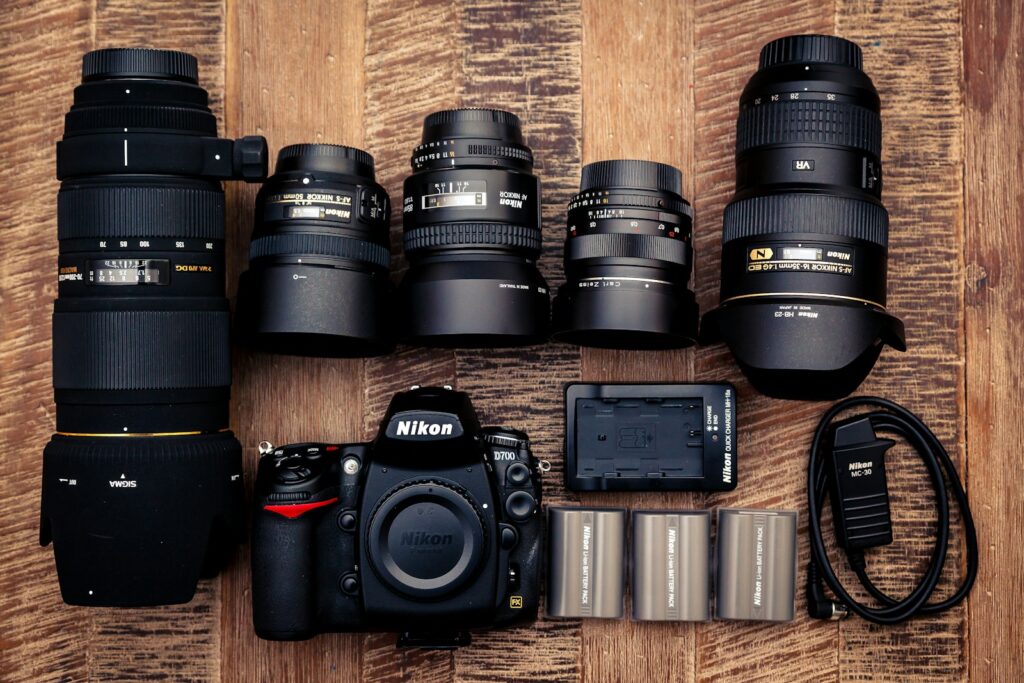
Beyond physical protection, prudent photographers develop comprehensive strategies to mitigate the financial and professional risks of equipment damage. Specialized photography insurance policies cover not just theft but damage from environmental factors, often with worldwide coverage essential for travel photographers. Many standard homeowner’s policies exclude professional equipment or have limited coverage caps, making dedicated photography insurance worth considering. Establish a data backup workflow that includes immediate copying of images to multiple storage devices, including at least one kept in a separate waterproof container. For professionals on extended expeditions, consider bringing backup camera bodies and lenses that, while perhaps not your primary choice, would allow you to complete assignments should your main equipment fail. Some photographers maintain a separate set of “expendable” equipment for the most extreme conditions, preserving their primary gear for less risky situations.
Protecting your camera equipment in challenging environments requires a thoughtful combination of preventative measures, appropriate gear, and responsive techniques tailored to specific conditions. By understanding the unique threats posed by different environments and implementing the strategies outlined in this guide, you can significantly extend the life of your equipment while confidently pursuing images in Earth’s most dramatic settings. Remember that even the best protection strategies involve tradeoffs between accessibility and security—the perfectly protected camera might miss the shot altogether. With practice, you’ll develop a personal approach that balances reasonable protection with the spontaneity and readiness that great nature photography demands. After all, cameras are tools meant to be used, and sometimes capturing that once-in-a-lifetime image is worth the calculated risk of exposing your equipment to the elements.

